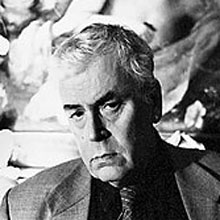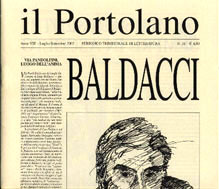Ricerca Veloce
Ricerca Avanzata
chiudi

Luigi Baldacci
Sono due i fili comuni che legano tutta l’attività di Baldacci critico, dal Cinquecento a oggi: uno di questi è il gusto della modernità, con una naturale, spontanea affinità con tutti quegli scrittori che hanno segnato per la cultura italiana un passaggio alla «maggiore età». L’altro, più decisivo tratto comune della sua attività di critico è l’analisi del nihilismo. Il suo più alto punto d’arrivo è stato, in questo, Il male nell’ordine, la raccolta di scritti su Leopardi uscita nel ’98. Baldacci era leopardiano nel fondo dell’anima.
Si potrebbe anche dire che l’ampiezza dell’arco cronologico degli studi di Luigi Baldacci si sposava in lui ad un punto di vista assai originale d’indagine, in cui prevaleva la percezione sia visiva che acustica, testimoniata anche dalla sua viva passione per l’arte figurativa e per la musica.
There are two common threads that link the entire activity of Baldacci critic, from the sixteenth century to today: one of these is the taste of modernity, with a natural, spontaneous affinity with all those writers who have marked for Italian culture a transition to the «coming of age». The other, more decisive common feature of his work as a critic is the analysis of Nihilism. His highest point of arrival was, in this, Evil in order, the collection of writings on Leopardi published in '98. Baldacci was a Leopardian at the bottom of the soul. It could also be said that the breadth of the chronological arc of Luigi Baldacci’s studies married him to a very original point of view of investigation, in which both visual and acoustic perception prevailed, testified also by his lively passion for figurative art and music.
